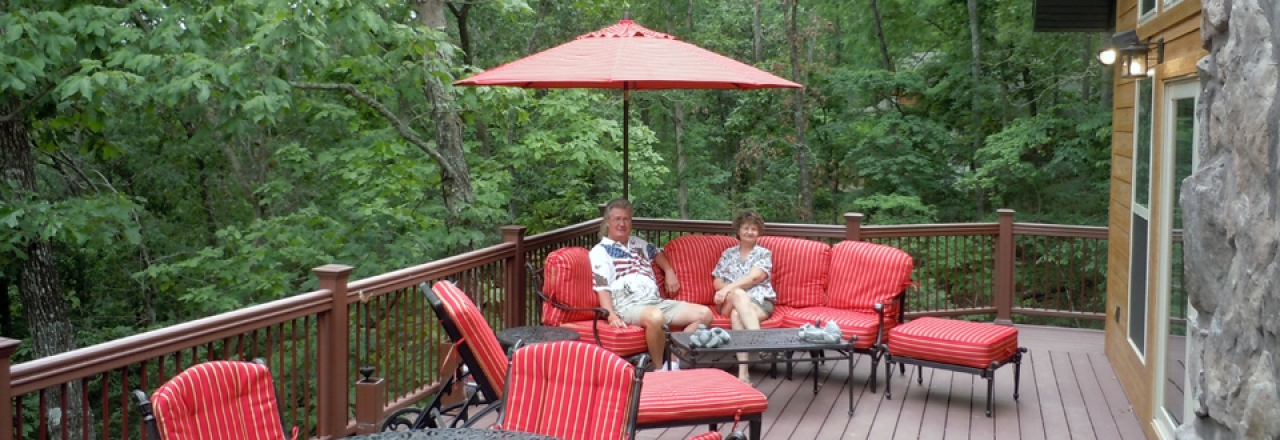Outdoor living has evolved!
Outdoor living used to mean bringing out the lawn chairs, ‘kiddie’ pool, and portable grill for an afternoon of fun and food in the back yard. Not any more! Home designs are now blurring the boundaries between indoor and outdoor spaces to encourage us to reconnect with nature every day.
Plan functional spaces
An easy way to plan highly functional outdoor spaces is to think about them the same way you do your interior floor plan. How big and how many spaces will you want? How many people and what activities will you need to accommodate? Will you feature or disguise views of your yard and what’s beyond?
Covered or Uncovered? Screened or Open?
With those questions answered, you will know which of your outdoor spaces will work best being covered, uncovered, screened, open, or a combination of them all. If you want the convenience of a covered space but also want a little overhead sunlight, consider installing one or more skylights. When bug-free comfort is what you want, screening becomes a must have. Although railing isn’t required on outdoor living areas less than 32 inches off the ground, installing it on lower spaces can prevent accidents and contribute to a sense of style.
Indoor Outdoor Transitions
Next, consider your indoor/outdoor transitions. Sliding glass doors in your living or dining area can frame the view of your deck, porch or patio and expand the perceived size of your home. They also offer easy access to your extended living spaces.
Create a sense of continuity
Carry your interior decorating theme outside using similar colors, fabrics, or furnishings to create a sense of continuity. Just as you do inside, separate outdoor cooking areas from living/lounging spaces. Define conversation and lounging areas using furniture, curtains, or large potted plants.
Kick back and relax!
With a little planning, you can design outdoor living spaces that become your favorite places to kick back, relax and reconnect with nature! We can help you design that perfect combination.

